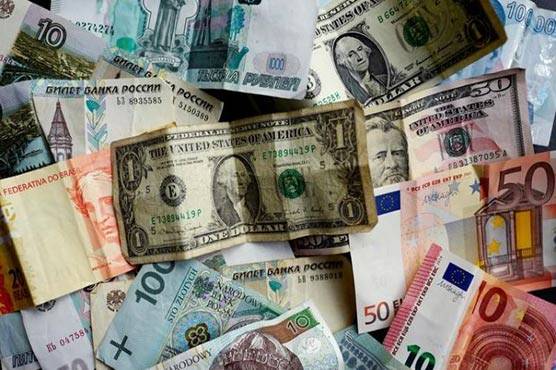Pakistan Foreign Debt and Liabilities witness massive rise of 11,610 billions in last 15 months
Shares

ISLAMABAD – Pakistan Foreign Debt and Liabilities witness massive rise of 11,610 billions in last 15 months.
The finance ministry in its debt policy statement FY2019-20 has conceded that Pakistan’s public debt and liabilities have increased by Rs11,610 billion or about 39 percent in 15 months.
In a report, the finance ministry noted that the total debt and liabilities that stood at Rs29,879 billion as of July 1, 2018, and crossed Rs41,489 billion by September 30, 2019.
It also observed that the total debt and liabilities increased by 86.3pc of GDP at the end of FY18 to 94.3pc of GDP at the end of September 2019. It said the government’s domestic debt increased by Rs6,234 billion or 38pc in the 15 months. It said the government domestic debt that stood at Rs16,416 billion at end-June 2018 increased to Rs20,730 billion by end-June 2019 and reached Rs22,650 billion at end-September 2019.
“The federal fiscal deficit (excluding grants) was recorded at Rs3,635 billion or 9.4pc of GDP during FY 2018-19, thus, remaining higher than the threshold of four percent,” said the debt policy statement.
For the same period, it further noted that the government domestic debt that stood at Rs16,416 billion at end-June 2018 increased to Rs20,730 billion by end-June 2019 and reached Rs22,650 billion at end-September 2019.
Government’s external debt during the 15-month period also increased by 36pc or Rs2,802 billion to Rs10,598 billion from Rs7,796 billion.
External liabilities on the other hand increased by 160pc to Rs1,600 billion by September, 30, 2019 from Rs622 billion at June, 30, 2018.
“However, total public debt to GDP ratio reached 72.1pc while total debt of the government to GDP ratio was 66.5pc.
Total public debt and total debt of the government as percentage of GDP stood at 84.8pc and 76.6pc, respectively at end June 2019, thus, increasing further during the FY 2018-19,” the finance ministry conceded.
